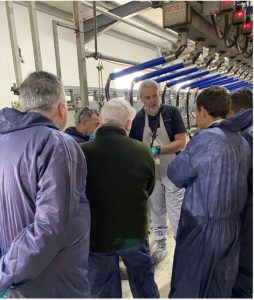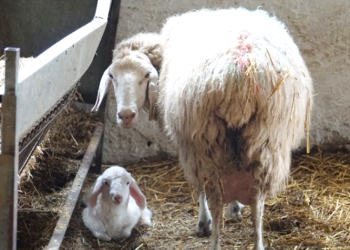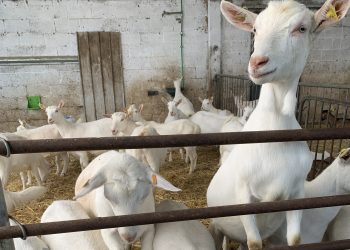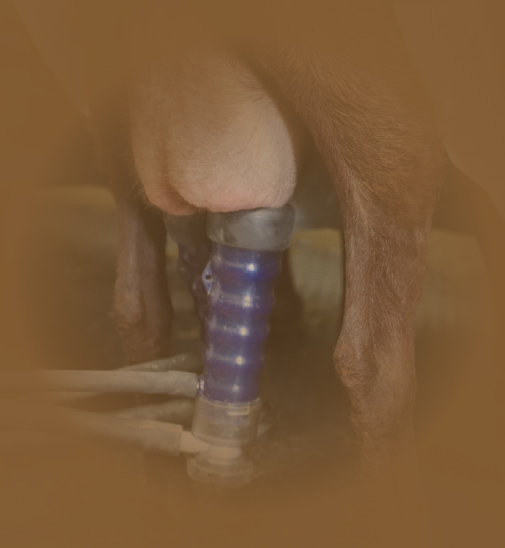Mastitis in sheep and goats is considered a very serious problem.
What tends to be its origin?
In sheep and goats, the vast majority of mammary infections are contagious. The source of infections is ultimately other infected udders, that is, other animals in the herd infected. Transmission basically occurs during milking, by the machine and by routine.

What are the key points to consider in order to control mastitis?
On the one hand, we should go into a little bit about two risk factors. One would be the milking machine and the other would be the milking routine
Critical points for new infections are the milking machine and the milking routine
The key points of the milking machine are:
First, the suction level at the teat tip should be suitable for each species. An appropriate suction for each species and suction action at the teat tip. We usually aim to have around 35 or 37 Kpa at the teat tip.
Over-milking is extremely important as well. On farms which have automatic milking stations, these must be properly calibrated to prevent over-milking. On farms without automatic milking stations, the routine must be adapted to avoid this practice of over-milking.
Regarding the causes of mastitis, you mentioned that it is generally a contagious issue. What are the main pathogens in sheep and goat mastitis?
Basically, it comes down to staphylococci. On the one hand, there is Staphylococcus aureus and then we have coagulase-negative Staphylococcus, which I would say is a group that includes the vast majority of mammary pathogens.
Chronically ill animals play a very important role in the sustenance and dissemination of Staphylococcus. That is why it is essential that we identify and remove these animals from the herd. This measure is of great help to control infection and its spread to new animals.
The cure rate for chronically ill animals is really low and they are a source of infection for healthy animals
Then we have another tool available, which is vaccination.
There is a vaccine on the market against Staphylococcus aureus and Coagulase-negative bacteria, which will protect animals from infection.
Vaccination allows us to reduce cases of mastitis and mortality. Specifically, this vaccine works by reducing the excretion of bacteria, thereby reducing the risk of new infections during milking.
Staphylococcal vaccination is a key tool in controlling mastitis




